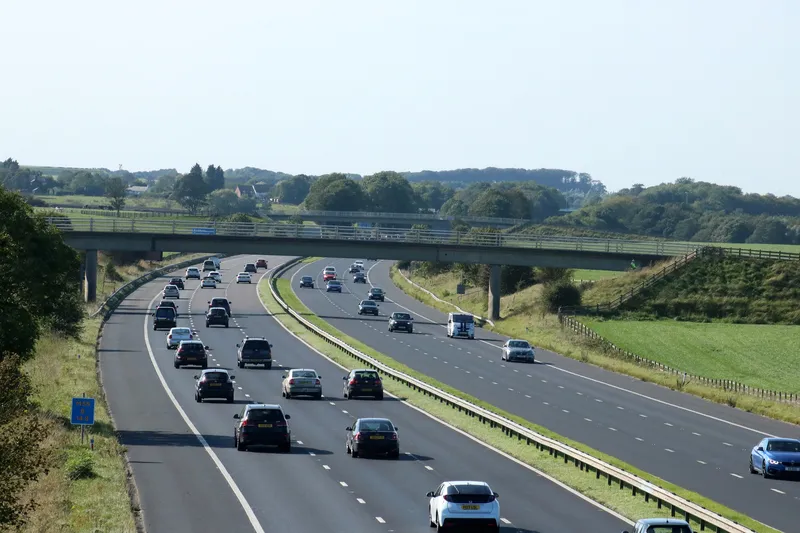
Kapsch TrafficCom has won a traffic management deal around the Latvian capital, Riga, starting from the last quarter of 2023.
The contract covers a 23km stretch of pan-European highway E-67, which circles the city.
There are dozens of cameras, sensors, radar systems and two weather stations installed along the highway, but the central element is the Dynac software platform that Kapsch says will provide traffic operators with real-time information on road and weather conditions, enabling better decision-making processes and improving highway safety.
The company says drivers will benefit from the system that measures road and weather conditions and collects data on vehicle numbers and speed.
"That way roadway operators can make decisions based on real-time information," it adds in a statement. "This increases road capacity while traffic flows remain stable. Additionally, emissions-heavy congestions will be kept to a minimum, ensuring faster and more comfortable routes for thousands of daily drivers."
“As the first public-private-partnership project in the sector and the region, it is an important milestone for future developments when it comes to roadway safety and sustainability”, comments Marko Frank, regional sales director at Kapsch TrafficCom.
“The safe and effective operation of the Kekava bypass is our key objective along the following 20 years of operation," said Juris Frīdmanis, general manager of private firm Kekava ABT.
"We feel confident that the technologies delivered by Kapsch TrafficCom will support us achieving those objectives. We look forward for the implementation of the Kapsch TrafficCom systems and making the bypass available for the traffic in the near future ”,
Kekava bypass is the first public-private partnership road infrastructure development project in the Baltic States, implemented by Kekava ABT and the Ministry of Transport of Republic of Latvia, represented by VSIA (Latvijas Valsts ceļi).









